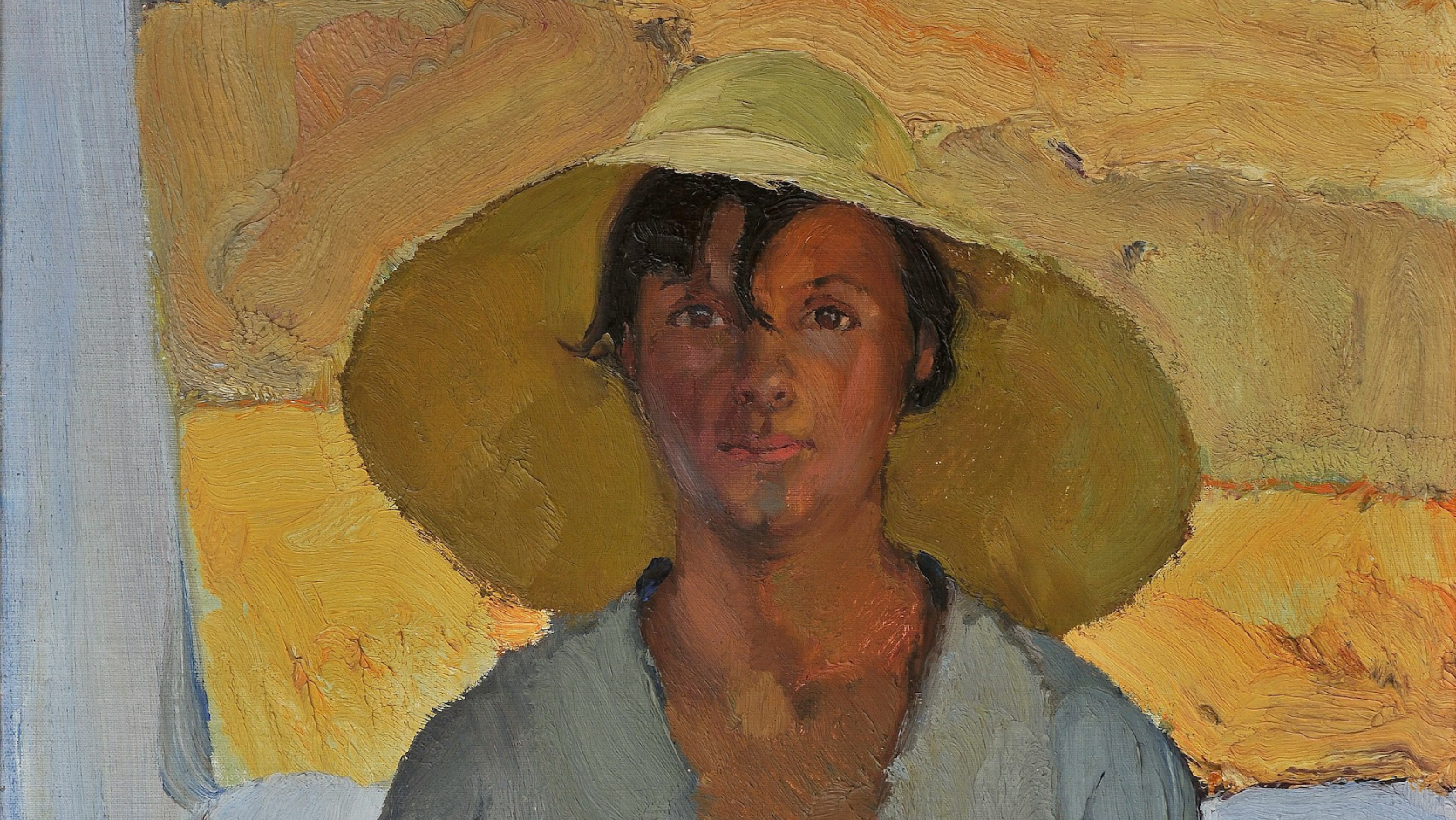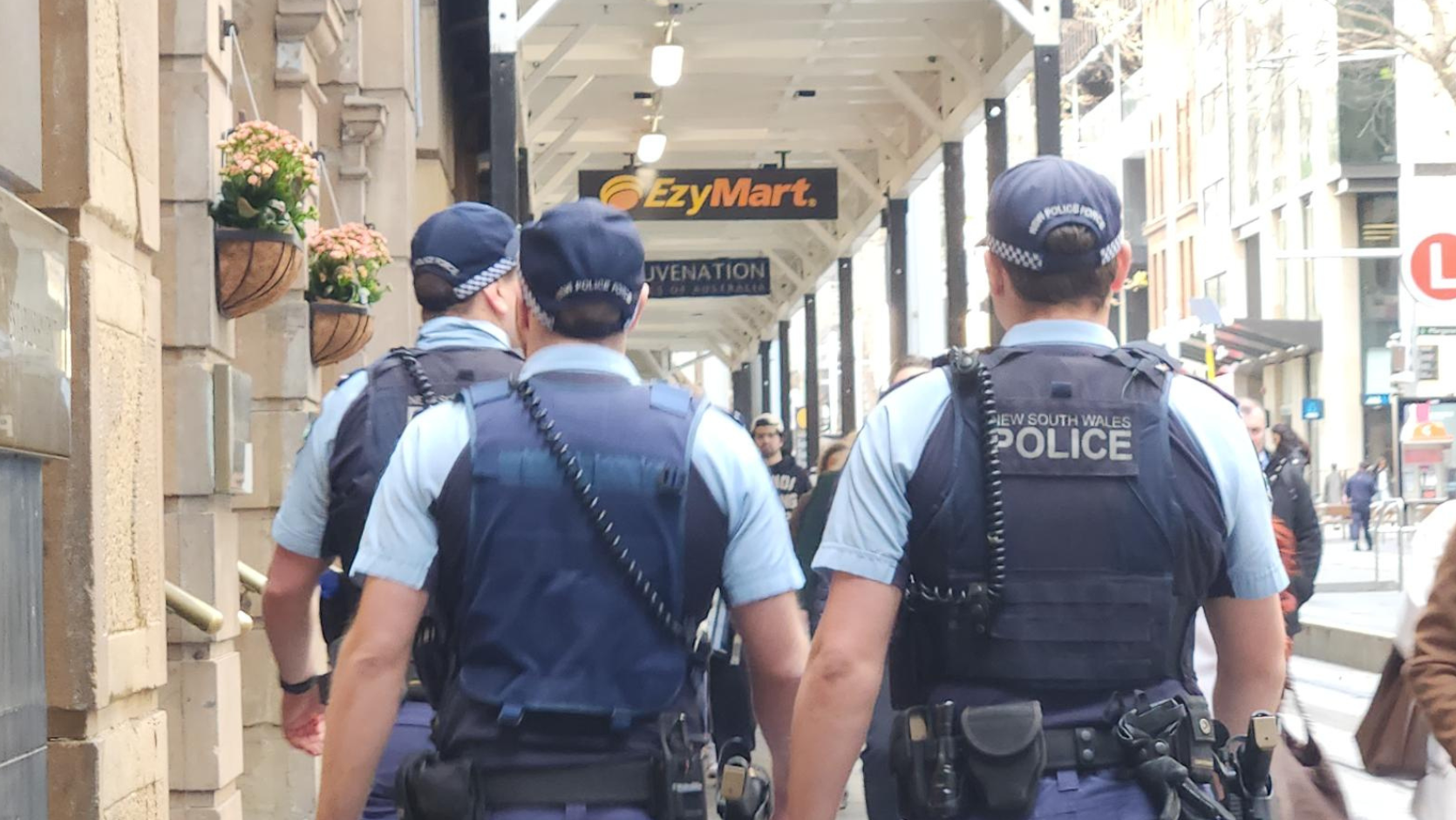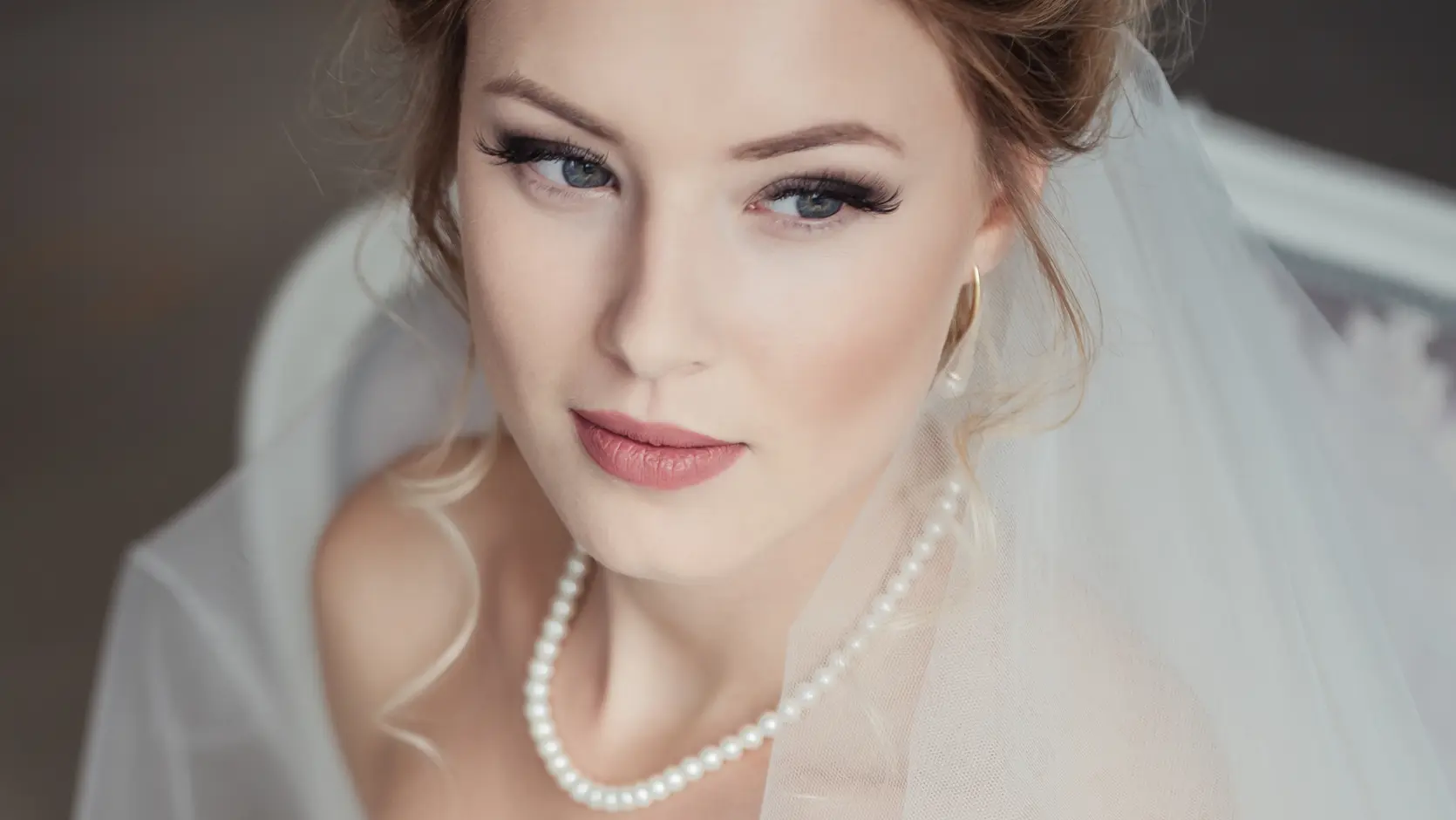The Facts
Seller of painting forms contract with auction house
An art investor engaged an art expert to act as her agent. The agent’s role was to locate valuable but underpriced works of art and bid on the investor’s behalf at various auctions for the sale of artwork, including paintings and sculptures.
Around that time the seller engaged an auction house to advertise and subsequently sell a painting by a famous Australian artist at a public auction. In doing so the seller and the auction house entered into a contract.
By way of that contract, the seller of the painting made a number of promises to the auctioneer, including that the painting was painted by a specific famous artist, specifying the year it was painted, that the auction house was allowed to advertise the painting as having been painted by that artist and that no third party had expressed concerns about the authenticity of the painting.
Relying on the contract, the auctioneer published a catalogue, inspected by the buyer of the painting, which stated there was “no doubt” that the painting was authentic. None of the parties had any reason to suspect the painting was a forgery at the time of its sale.
The sale went ahead and the buyer purchased the artwork for the princely sum of $85,000.
Art experts cast doubt on authenticity of painting
Shortly after the auction, the auctioneer attended a meeting with a group of eminent art experts. The auctioneer was told that there were “real concerns” about the authenticity of the painting.
That information caused the auction house to hold doubts that the painting was genuine. Despite this, and having already completed the sale, the auction house remained silent regarding those doubts and did not divulge this new information to anyone.
Art investor discovers painting is forged
Ten years later, when the art investor who had bought the painting made arrangements to sell it, she discovered that the painting was a forgery.
The art investor brought legal proceedings against the auction house where she bought the painting, the company that sold the painting, that company’s sole director, and her own buyer’s agent, alleging that each of them was negligent.
In bringing the legal action, the art investor sought the return of the purchase price and additional damages from everyone involved in the sale.
All parties deny liability while admitting painting is forged
All defendants admitted that the painting was a forgery, which meant that at least one of them would be found liable.
However, all of them strenuously denied liability and pointed the finger of blame at one another. The main argument that took place was between the seller and the auction house, which blamed each other.
The defendants made an additional argument that the art investor’s claim was statute barred, given that the sale took place more than six years before the case was brought.















Expert commentary on the court's decision
Court finds auction house largely to blame
In the proceeding McBride v Christie’s Australia Pty Limited [2014] NSWSC 1729, Chief Justice Bergin found the auction house, Christie’s Australia Pty Limited, to be primarily liable to Louise McBride, the art investor who bought the painting by the Australian artist Albert Tucker. However, the seller and the plaintiff’s agent were also found partly liable.
The court divided liability proportionally amongst the various defendants. The auctioneer, Christie’s, was found to be 85% liable. The seller of the painting, Holland Fine Arts and Cars Pty Limited (HFA) was found to be 10% liable. The buyer’s agent, Vivienne Sharpe, was found to be 5% liable.
The director of HFA was found not to be personally liable, as he had not personally engaged in any misleading or deceptive conduct.
Auctioneer expanded information received from painting’s seller
Despite its protests, the court found that Christie’s was no “mere conduit” for the information provided to it by HFA. To the contrary, it made its own representations in its catalogue.
In particular, it expanded the information it had received from HFA by declaring there was “no doubt” that the painting was signed by its purported artist, Albert Tucker.
Misleading and deceptive conduct by omission
The court also found that Christie’s engaged in misleading and deceptive conduct. The court noted the importance of one of Christie’s terms and conditions, that the buyer could seek a refund if a painting was discovered to be a forgery within five years of purchase.
Christie’s learned, within that five year period, of serious doubts as to the painting’s authenticity. In remaining silent about those doubts, Christie’s misled Ms McBride by omission and deprived her of the opportunity to seek a refund under the contract.
Christie’s also argued that its catalogue merely offered an “opinion” as to the authenticity of the painting and that Ms McBride ought to have relied on her own enquiries before making the purchase.
However, the court favoured Ms McBride’s counter position, which was that even if Christie’s merely offered an opinion, its expression carried with it the following representations:
Seller also partly liable for sale of forged painting
The court found the painting’s seller, HFA, wasn’t blameless either and listed its actions which contributed to the sale of the forgery.
HFA confirmed to Christie’s that its representation that the painting was by Albert Tucker was “correct”. HFA requested that Christie’s offer the painting for sale and identify it as being painted by Albert Tucker.
Finally, HFA gave an undertaking that no third party had expressed concerns about the attribution of the painting.
Regarding HFA’s actions, the court concluded:
Buyer’s agent found liable for secret commission
In another twist, the court found that Ms McBride’s own agent, Ms Sharpe, had accepted a secret commission relating to the sale of a separate painting by Australian artist Jeffrey Smart. Ms Sharpe did not disclose to Ms McBride that she was paid a commission by the seller.
Ms McBride bought the Jeffrey Smart painting in the belief that Ms Sharpe was acting purely for Ms McBride’s benefit. The court ordered Ms Sharpe to repay to Ms McBride the amount of the commission she received for the Jeffrey Smart painting.
In relation to the sale of the Tucker painting, the court found that Ms Sharpe made her own representations to Ms McBride that the painting was authentic and that it would be a good investment. Those representations were misleading and deceptive and contributed to Ms McBride’s loss.
Art investor’s claim not statute barred
The court found that the fraudulent nature of the painting was not discovered until March 2010, ten years after its purchase by Ms McBride.
The date the statute of limitations runs from is the date the fraud is discovered, not the date of the sale of the painting. Consequently Ms McBride’s claim was not statute barred and she was entitled to bring the proceedings.
Selling inauthentic goods can be misleading and deceptive conduct
This case is a reminder to those engaged in selling goods that you have several obligations, one of which is to ensure that they are authentic.
Representing to your customers that goods are authentic when they are not can amount to misleading and deceptive conduct, even if you were not aware of that at the time.
It is also possible to engage in misleading and deceptive conduct by omission if you learn after a sale that the goods you sold were inauthentic and fail to advise the buyer.